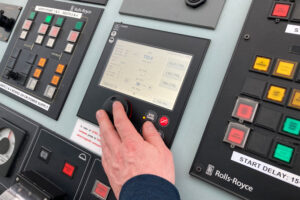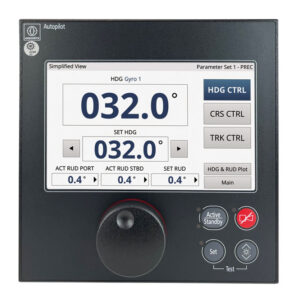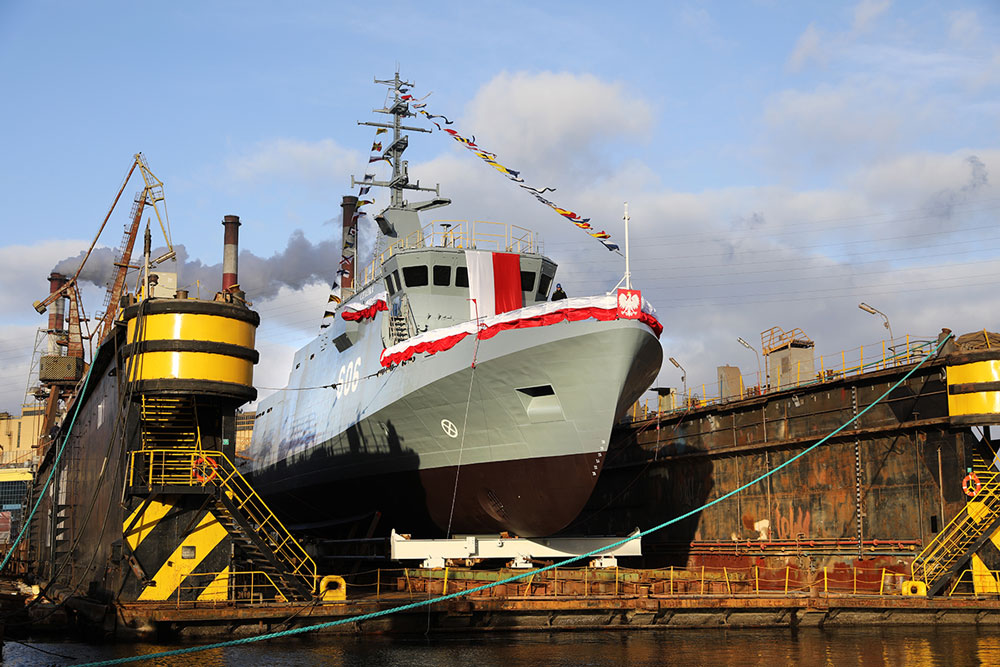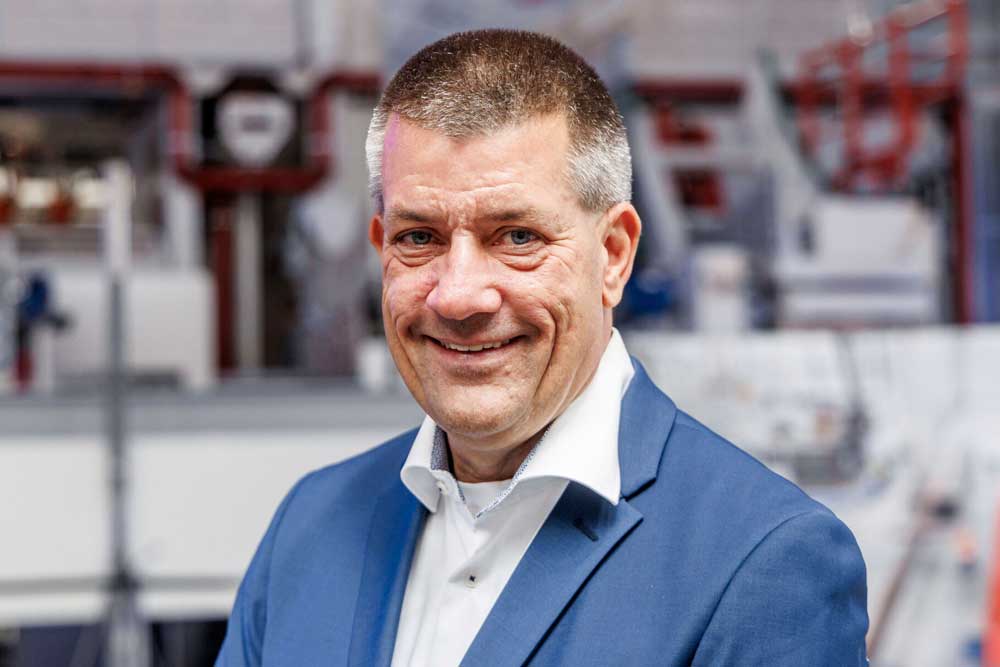Because of the current energy transition and the endeavour to reduce emissions in shipping, functions that reduce fuel consumption – like autopilots – are becoming increasingly important.
Against this background, the Kiel-based company Anschütz has developed a new generation of autopilots. As the navigation specialist reports, its autopilots have been known for their exceptional steering performance. Furthermore, sophisticated algorithms ensure highly accurate steering even at low speeds, guiding vessels safely through narrow sea areas and between islands and archipelagos.
However, since the introduction of the “Eco Mode” over 15 years ago, the influence of autopilots on fuel consumption, and therefore on costs and emissions, has also become apparent. Anschütz has now developed a new generation of autopilots, based on this knowledge. In general there are three new functions, that help to steer a ship as efficiently as possible using the autopilot.

Autopilot gets three new functions
As a common rule frequency of rudder movements and rudder angle are key factors that have a direct impact on fuel consumption. Comparing heading, course and rudder angles therefore is a simple approach to assess and optimise the ship’s steering performance.
Until now, the navigator has had to check several displays for that. Anschütz autopilots feature a large graphic touch display which also shows a digital heading and rudder plot. This unique graphic provides an immediate visualisation of the steering behaviour, allowing navigators to intuitively assess and adapt efficiency and accuracy.
Almost two decades ago, Anschütz was the first manufacturer to introduce an autopilot with an adaptive ECO mode. When the Eco mode is activated, the autopilot permanently monitors the actual yawing movements of the vessel and optimises its steering behaviour to keep the vessel on the set course more efficiently. The result is fewer rudder movements and thus, less fuel consumption. Anschütz autopilots also features a Course Control mode which automatically guides a ship along the shortest route and utilises smaller rudder angles. As a result, the ship has less resistance and consumes less fuel.
The new Toe Angle feature undeniably offers according to Anschütz significant improvements for twin rudder vessels. Toe Angle enables the autopilot to dynamically control individual rudder angles, which can be used to reduce the resistance caused by the wake fields of both rudders and, hence, significantly reduce fuel consumption. Research, including field tests and a computational fluid dynamics analysis, has shown that the rudder angles set by the autopilot can significantly reduce the power required at the same speed.

New autopilot can be upgraded
Autopilots are rightly cited by classes and IMO as a means of increasing ship efficiency and reducing emissions and help shipowners to improve their Carbon Intensity Indicator (CII) rating. Field tests with the Toe Angle feature have shown a maximum saving of 4.7%, with an average saving of just under 2% across all variants tested – depending on the vessel’s speed, load status or draft. Practical experience says that the combination of automated functions and intuitive assessment of actual steering performance leads to a significant reduction in rudder movements and rudder angles, resulting in further fuel saving.
Anschütz’s NautoPilot 5000 NX can provide shipowners with a comprehensive toolset of fuel-saving functions while they can always rely on high-precision control when they need it.
By utilising future-proof hardware with standard interfaces, the NautoPilot 5000 NX can be easily integrated into new builds and retrofitted to existing vessels. It is type-approved as a heading control system, including for high-speed crafts, and can also be part of a track control system. The autopilot complies with the IACS requirements for cyber security, bridge alert management, and Ethernet communication according to IEC 61162-450.














